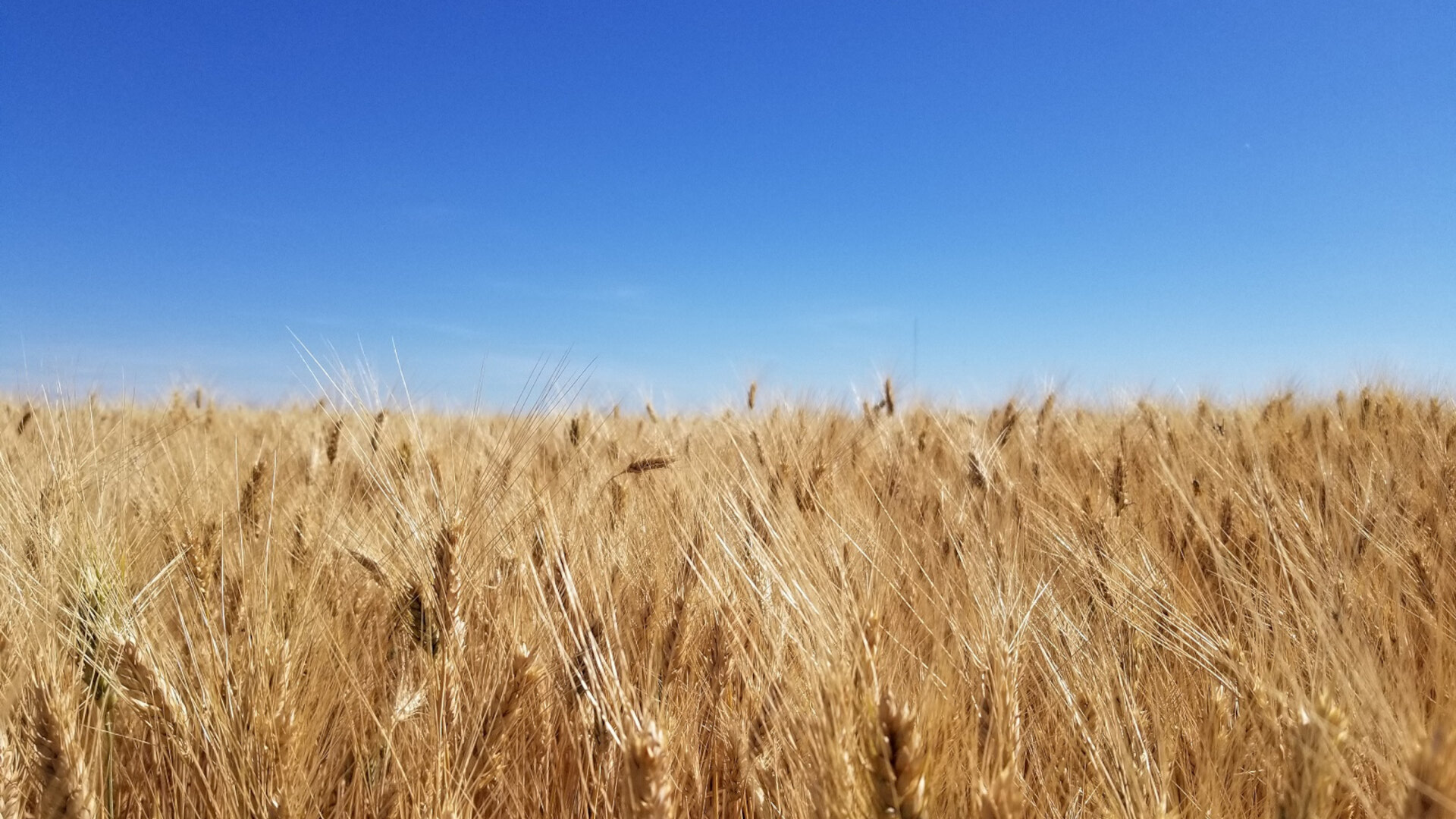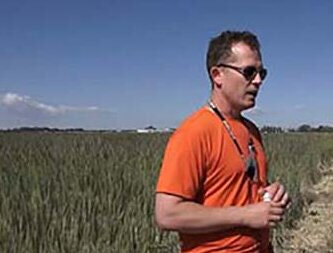Project AbstractFarmers need to be equipped with best management practices (BMPs) to increase individual farm productivity and profitability to remain economically competitive. Thus, we propose to bridge a critical knowledge gap of BMPs through research activities that will: i) quantify the magnitude of yield gaps across major wheat producing regions of the Canadian Prairies, identifying regions where improvements in yield can be economically sustained, and ii) identify production practices leading to increased wheat yield to improve upon current agronomic recommendations. Canada and the U.S. produce approximately 86 MMT of wheat per year. Still, grain yield in both countries rarely surpasses 50 bu/ac. There is limited information on the magnitude of grain yield increases because quantification of the wheat yield potential in North America is scarce. Yield gap is the difference between current yield and potential yield for the crop. Recent quantification of wheat yield gaps suggest that current yields are only ~40 to 70% of the potential (Lollato et al., 2017). Meanwhile, yields can be economically increased to ~70 to 85% of the potential (Lobell et al., 2009). Thus, producers could economically increase their yields by ~10 to 40% with improved management. The limited information on wheat yield potential and yield gaps in different North American regions warrants further exploration. Moreover, yield gap analysis has been identified as a priority by the Wheat Initiative and its Expert Working Group for Agronomy. We will also identify major agronomic causes for the yield gap in the Canadian Prairies through on-farm surveys, which have been extensively used in the Corn Belt (Grassini et al., 2011, 2015b). Information derived from surveys is valuable because self-reported farmer data can be used to detect causes for yield gaps which, once corrected through BMPs, can help increase productivity. To summarize, we propose to: i) quantify the magnitude of yield gaps across major wheat producing regions of the Canadian Prairies, and ii) identify major production practices leading to economic increased wheat yield. |
|
||||||||||
Project Objectives
|
|||||||||
Methods |
|
Our estimates of yield potential and yield gaps will be based on best available data on harvested wheat area, cropping systems, soil type, and weather from a number of sites (called “buffer zones”) located across the different Canada wheat growing regions. These sites will be selected so that they maximize wheat area coverage (at least 50% of the wheat harvested area in Canada) while minimizing overlapping. Using these data, we will simulate yield potential used a well-validated crop simulation model. The crop model will first be validated on its ability to reproduce yield potential using experimental data provided by the investigators and collaborators. Then, we will run the crop model for the selected sites to estimate water-limited yield potential, using a minimum of 20 consecutive years of weather data. This will allow us to obtain a robust estimate of yield potential and its variability over time. For each site, we will calculate the yield gap by comparing the simulated yield potential against official statistics on actual (on-farm) average yields for each location. Finally, estimates of yield potential and yield gaps will upscale from location to region/country levels using a climate-zone scheme that accounts for major factors determining spatial variation in yield potential (van Wart et al., 2013). The protocol and upscaling methods has been extensively evaluated across a number of countries and crops, indicating that they are both robust in predicting yield gaps at both local and national levels (see publications on GYGA methods here http://www.yieldgap.org/gyga-publications). The use of on-farm surveys to identify management practices more strongly related to grain yield have increased in agricultural sciences as an alternative data collection method (Grassini et al., 2011, 2015b; Rattalino Edreira et al., 2017; Mourtzinis et al., 2018). This approach can be used to (1) evaluate current on-farm management relative to recommended optimal practices, and (2) discern the yield impact of individual factors, and their relative importance, in the context of commercial-scale fields, in contrast to small experimental plots, and within the range of cost-effective management practices that are actually being used by producers. Indeed, when hundreds of producer reports are available, the yield difference between various management practices and the interactions of those practices can be contextualized for a given weather-soil context. Analysis of large-scale producer data can complement and maybe provide a focus for what treatments to evaluate in the more costly agronomic small plot field trial evaluations. This approach allows us to relate several management practices back to grain yield, which would require thousands of controlled experiments and be cost-prohibitive. While this approach has been performed for maize and soybeans in the US Corn Belt, efforts to elucidate wheat yield as affected by management practices for wheat are restricted to Argentina (Calviño and Sadras, 2002) and Australia (Sadras et al., 2002). In this project, we propose to collect on-farm information directly from producers via one-on-one surveying to identify causes of yield gaps among current adopted management practices. This effort will initially occur as a pilot project in Alberta and Saskatchewan and extend outward as resources permit; it is currently ongoing in the USA. We will define sub-regions within the province based on typical weather and predominant soil type (e.g., Rattalino Edreira et al., 2017), and we will interview producers to obtain data on a minimum of 200 fields per year per sub-region. Data collected will include grain yield and protein, grade, field location, soil type, wheat variety, sowing date, seeding rate, tillage practice, previous crops, fertilizer amount/timing, seed treatment, and in-season pesticides. We will collect a minimum of three years of grain yield by management data. We will deploy the most up-to-date statistical techniques for the analysis of survey data. These include least squares and quantile regressions of yield data against continuous variables; conditional inference trees to identify interaction of factors explaining the largest portion of grain yield variability; posterior Bayesian estimates of mean and standard deviation to compare management practices among the upper and lower yielding producers; and analysis of variance. Lastly, an economic analysis will be performed to determine which practices identified for closing yield gaps also derive economic benefits to the producer. |
Information Collected
ResultsSign in or subscribe to view. |
Podcast
Wheat growers! This program is for you. Dr. Brian Beres and Dr. Patricio Grassini talk about current research into quantifying


